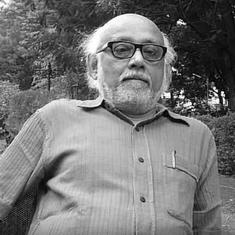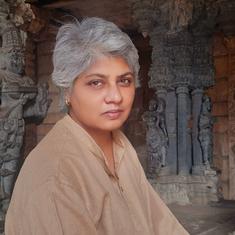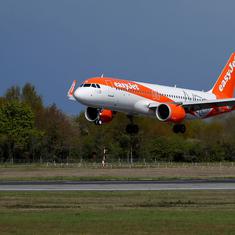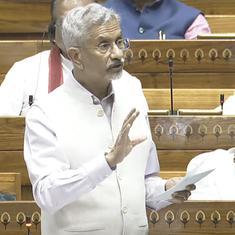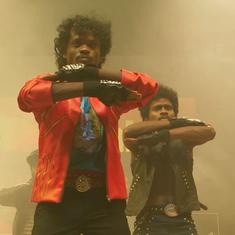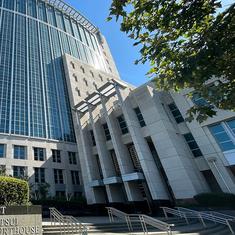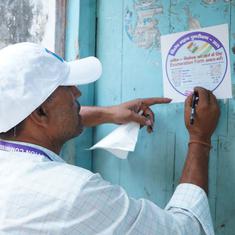Almost one in every five recipients of India's civilian honours, such as the Bharat Ratna, Padma Shri, Padma Bhushan and Padma Vibhushan, come from the national capital. Numbers released by the government on a new portal reveals a disproportionate skew in favour of a few states that take home a majority of the state's topmost awards.
Instituted in 1954, the civilian honours are handed out by the Government of India on the recommendation of a Padma Awards Committee, set up by the prime minister each year. Data released on the portal shows that 4329 awards have been given out so far, covering personalities as varied as former Prime Minister Jawaharlal Nehru, batsman Sachin Tendulkar to Nobel Laureate Amartya Sen.
In addition to launching the new portal, for the first time the government has also opened up the process to online nominations. Now, any citizen can file a nomination for a Padma award and the government has already received 1700 applications so far. The move is supposed to end the "culture of lobbying" for awards, according to a report in the Times of India.
This effort could help address a clear geographical skew in the awards that were handed out in the past. Analysis of the data provided on the portal shows that the top four contributors to the Padma awards – Delhi, Maharashtra, Tamil Nadu and Uttar Pradesh – account for more than 50% of all awards given so far.

People attributed to Delhi have received as many as 797 awards out of the 4329 handed out, while Maharashtra comes a close second with 756 awardees. Tamil Nadu follows with 391 winners and Uttar Pradesh takes the fourth spot with 295 awards. Put together, that comes to more than 50% of all the awards handed out.
Some of this might be explained by the massive numbers of people who live in Maharashtra and Uttar Pradesh, with populations that are comparable to entire countries like Brazil and Mexico.
But when the numbers are adjusted by population, the skew is actually even starker. According to an analysis by Scroll, Delhi ends up with more than 47 awardees per million people – at population rates according to the 2011 census – while Maharashtra has just about 6.73 per million. On average, for the whole population in the most recent figures, there are 3.58 awards per million Indians.

Adjusting for population at current rates (and without correcting for the split in states like Bihar and Jharkhand) is inexact, and yet Delhi's sheer dominance is telling. In fact, considering the national capital's massive increase in population over the last few decades, the skew towards Delhi is more likely to be even starker.
Another caveat is of course that a vast majority of awardees who are considered being from Delhi, such as former President APJ Abdul Kalam, did some of their work in other parts of the country before moving to the capital. Until this year, awards were based on nominations put forward after the Centre wrote to each of the states, union territories, ministries and departments of government, asking for recommendations. But this too reiterates the idea that the state's highest honours are handed out to those who manage to orbit as close to Delhi and the Central government as possible.
The results with other states is a little more uneven. For instance, UP has had the fourth highest number of awardees but less than two awardees per million population while Punjab and Andhra Pradesh punch above their weight with more than 4 awardees per million, compared to a national average (heavily skewed by Delhi), of 3.58 per million.
With the process now being opened up to online nominations, it remains to be seen whether this skew in favour of the capital as well as the major states will end up being corrected.

